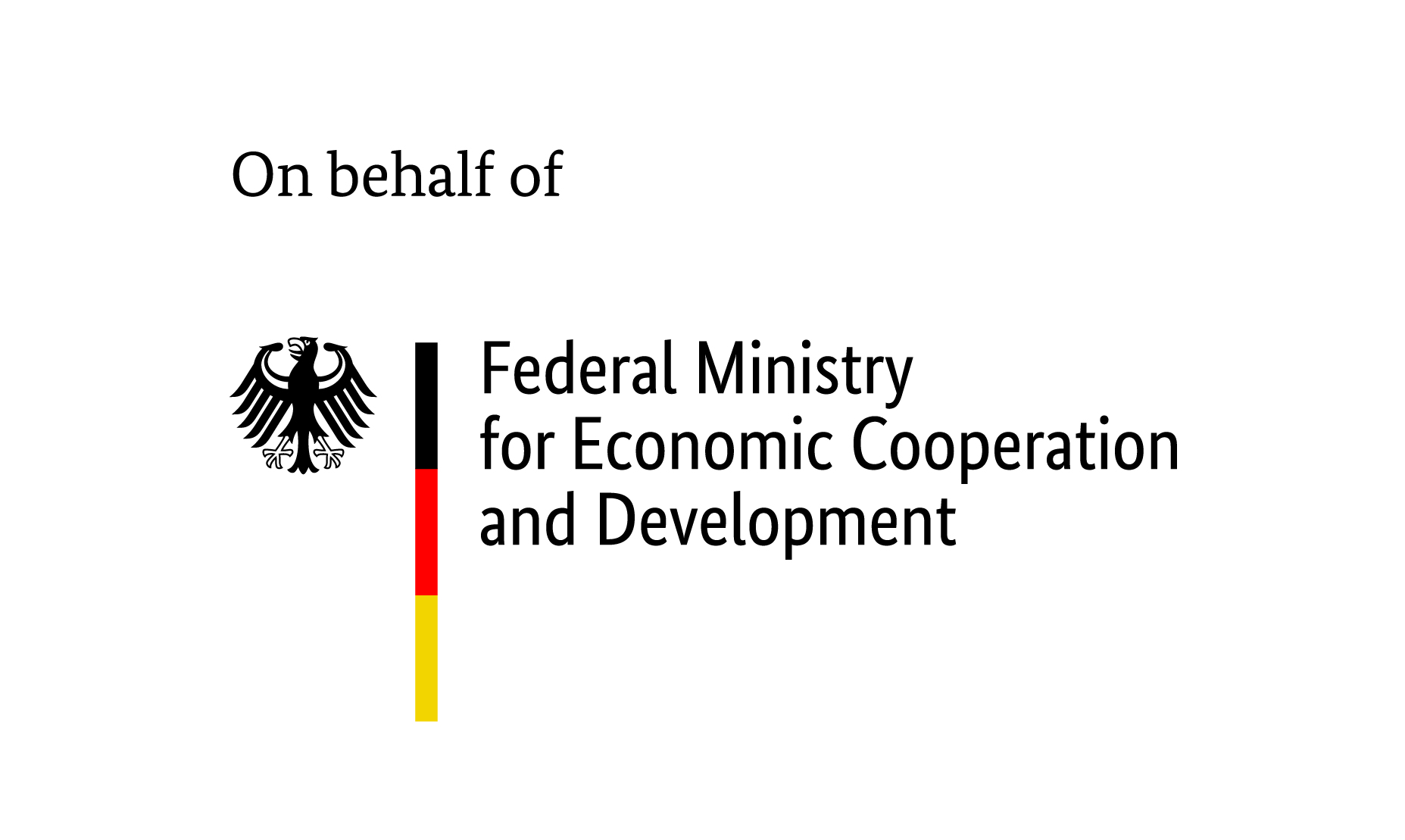
The success of an intervention to increase state presence in gang-controlled neighbourhoods depended on the initial level of gang vs state governance
Read “State-building on the margin: An urban experiment in Medellín” by Christopher Blattman, Gustavo Duncan, Benjamin Lessing, and Santiago Tobon here.
A weak state presence allows non-government entities such as neighbourhood gangs to take over functions usually undertaken by the state, including maintaining order. In this VoxDevTalk, Benjamin Lessing discusses his research with Christopher Blattman, Gustavo Duncan, and Santiago Tobon on an intervention to increase state presence in various gang-controlled neighbourhoods in Medellín, Colombia. In the intervention, city government employees, known as ‘liaisons’, entered the community to serve as a bridge between the community and the existing state services, which often don’t reach these low-income communities. The authors find that, overall, the intervention had very little impact on the extent to which residents of these neighbourhoods turned to either the state or the gangs to resolve their problems. It also had little effect, on average, on the ‘legitimacy’ of either the state or the gangs (i.e. people’s impressions of whether they were doing a good job, whether they would be better off without them, etc.). However, these average results mask differences depending on the initial level of gang versus state governance. The authors find positive impacts of the intervention on state governance and legitimacy in those neighbourhoods where state governance was relatively higher at the outset, and no effect, or even a worsening of state legitimacy, in neighbourhoods with relatively higher gang governance at the outset. This may be due to ‘the failed promise of the state’, with residents being offered services that, in the end, the state can’t actually deliver in some neighbourhoods.






